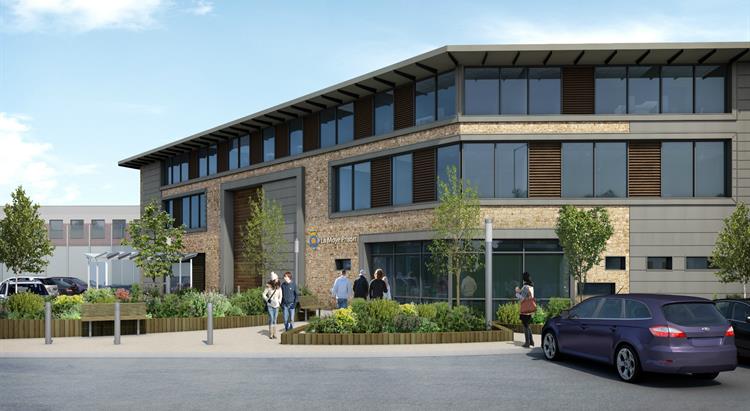24 October 2018

Plans for the latest phase of redevelopment at the prison have been signed off by the Home Affairs Minister, Connétable Len Norman.
There are eleven stages to the project which aims to provide modern, secure and safe environments for both staff and prisoners.
Work to modernise the prison, which was designed in the late 1960s, began in 2006 and has so far provided an additional 41 cells, 62-place cellblock and a new kitchen block.
This latest phase is estimated to cost £8.3 million. The construction costs of £6.5 million are being funded by proceeds from the Criminal Offences Confiscation Fund. A Ministerial Decision to transfer the proceeds was signed in February 2018. The remaining funding comes from the existing budget allocated to the project.
Proposals, subject to planning approval, include: the replacement of the prison’s secure vehicle gate; completion of the secure visitor and staff entrance and search areas; provision of work spaces for prison and administrative teams; office space for other States of Jersey employees who serve the public in the west of the island. To ensure that the prison can meet future needs of inmates and staff, rooms will use lightweight partitions so that areas can be repositioned and resized.
It is expected that the project will go to formal tender by January with a view to commence demolition and building works in April. Completion is expected by late 2020.
The prison will take appropriate additional security measures during the build, and the impact on the local community is expected to be minimal. All services to prisoners, visitors and staff will be maintained during the building work.
Home Affairs Minister, Connétable Len Norman, said: “This current phase will ensure that the prison is a modern, safe and secure environment for both prisoners and staff. It will also mean that the unit can meet the changing needs of a prison in the 21st century.”
The redevelopment of the prison follows a HM Chief Inspectors of Prisons inspection in 2001, and subsequent studies, which highlighted significant shortcomings, including inadequate numbers of cells, cells without sanitation and building defects creating ongoing maintenance problems.